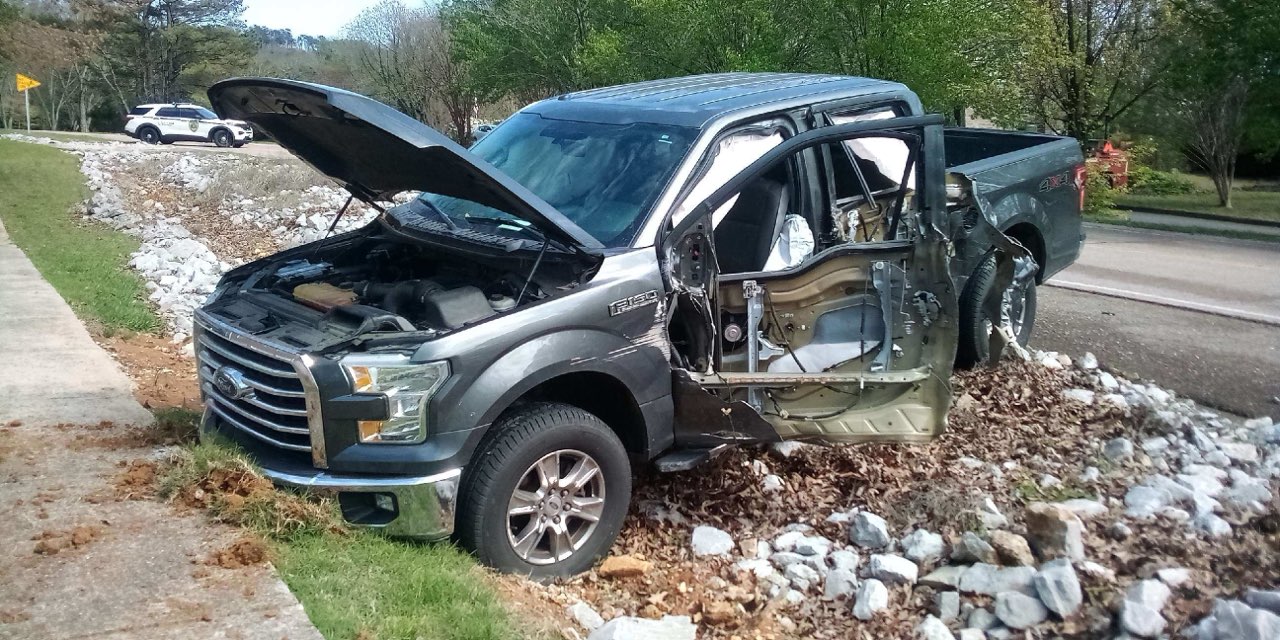
FREE SHIPPING ON
ALL QUALIFYING ORDERS
Enter your email below to join our mailing list:

The hardhat is a common piece of personal protective equipment (PPE) worn in various industries, including construction, manufacturing, and mining. Its purpose is to protect workers from falling objects, impacts, and other hazards that can cause head injuries. The hardhat has a long and interesting history, which dates back to the early 20th century.
In the early 1900s, construction workers in the United States faced many hazards, including falling objects, flying debris, and low-hanging pipes and beams. Workers’ safety was not a priority at the time, and many accidents resulted in serious injuries or death. As a result, many workers were hesitant to take on dangerous jobs.
In 1919, a man named Edward W. Bullard began working for his father’s company, the E.D. Bullard Company, which manufactured equipment for mining, oil, and gas exploration. Inspired by the helmets worn by soldiers during World War I, Bullard began developing a helmet made of steel and leather to protect workers from head injuries.
The first “hard hat” was introduced by the Bullard Company in 1919, and it quickly gained popularity among workers in the mining and construction industries. The original design consisted of a leather cap with a steel plate on top for added protection. The cap was comfortable to wear and provided a measure of protection against falling objects, but it was not entirely effective against impacts.
In the 1930s, Bullard introduced a new design for the hardhat that incorporated a suspension system to absorb impacts and distribute the force evenly across the head. This design was known as the “Hard Boiled” hat and became the industry standard for many years.
During World War II, the demand for hardhats increased as more workers were needed to support the war effort. The Bullard Company was unable to keep up with the demand, so other companies began producing their own versions of the hardhat.
In the 1950s, the use of plastic materials in manufacturing became widespread, and hardhats began to be made from molded plastic. This made the hardhat lighter and more comfortable to wear, and it also made it easier to produce in large quantities.
In the 1960s, the Occupational Safety and Health Administration (OSHA) was established in the United States, and it mandated the use of hardhats in many industries. This led to the development of new designs and materials for hardhats, including those that provided protection against electrical hazards and those that were resistant to high temperatures.
Today, hardhats are an essential piece of PPE in many industries, and they continue to evolve with new materials and designs. They are often customized with company logos or other graphics, and they are available in a range of colors to help identify workers in different roles or departments.
In conclusion, the hardhat has come a long way since its early days as a leather cap with a steel plate. Thanks to the innovation and dedication of companies like the Bullard Company, the hardhat has become a vital piece of PPE that has saved countless lives and prevented countless injuries.





No spam, notifications only about products and updates.

Having dealt with MK Diamond Products and the Delahauts since the mid 1990’s it is sad to hear the news that they have closed their

I’ve told my wife and daughter to never follow a mortar mixer down the interstate. For over 30 years we have sold, rented, and repaired

This question is one of the most frequent mixer related questions our rental staff are asked. Our contractor customers know the importance of using the right tools for the job.

Trowel Trades, a company that specializes in equipment rental, tool retail, repair services, scaffolding and mast climber access solutions, enters the Silver Tier of the Masonry Alliance Program.
Your email was submitted successfully.
YOUR 10% OFF COUPON CODE IS WELCOME10.
See category exclusions below.
Category Exclusions:
Arbortech Brick and Mortar Saw, Compaction, Concrete Mixers, Concrete Walk Behind Saws, Drop Hammers, Grout Hogs, iQ Power Tools, Masonry Block Saws, Masonry Brick Saws, Mast Climbers, Mortar Mixers, Mud Buggy, Saws, Scaffold, Self Dumping Hoppers, Shoring, and Stihl